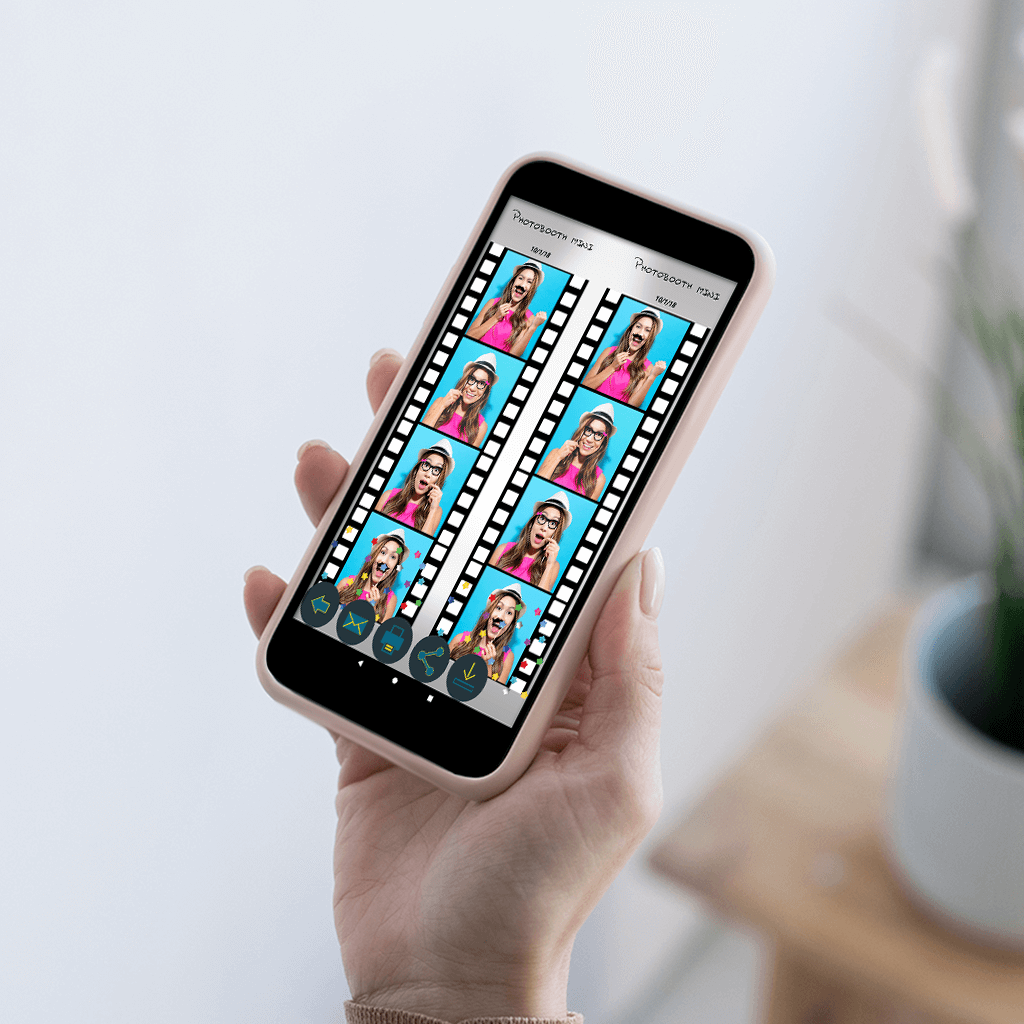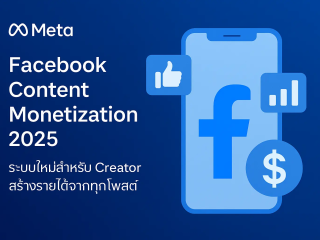
Experiential marketing and marketing of event were effective elements of marketing long before the virtual or online, social media and mobile devices, took over photo booth Both of these marketing strategies are still effective today.
At events, Marketers and brands interact with participants, but the impacts were primarily stopped to those in attendance. To ensure that the results of the marketing initiatives were long-lasting, you ought to hitch your fingers.
Simply said, there were no reliable ways to share and assess the experience other than via anecdotes and word of mouth. Not all visitors could have gotten a pamphlet or even other marketing materials to take home.
Event promotion is evolving
Due to the advancement of mobile technology, experiential marketers now have access to new tools that might enhance their marketing of event.
Customers now directly control their purchases, a power that was previously held by businesses, as a result of society’s shift toward mobile technology. Users of Snapchat may create their own “stories.” Instagram users upload pictures there. Facebook postings are distributed.
Additionally, businesses struggle to look for a way to meaningfully participate in the dialogue. The expansion of digital photo booths, which are becoming increasingly well-liked at events, can more effectively link your online and offline marketing initiatives.
The first-ever digital photo booth is developed
Event promotors and business owners are testing the usage of the digital photo booth as a new way of virtual social media as well as experiential marketing to capitalize on the increasing appeal of the selfie.
These new technology gadgets bear little resemblance to the photo booths present in the past. They are sleek, technologically advanced, and created for the smartphone device age.
The New York Times recently published an article that said that, these rooms and booths appear to be the latest approach to attracting clients and building a business.
Advertisers may overlay customized graphics over photographs and graphics GIFs in digital photo booths, and they even have the opportunity to choose the hashtag which will be asked by the guests to use.
To strengthen the relations between the brand and its experience along with entice consumers to return, photos are put into online galleries. Attendees are willing to exchange their email addresses and sign up for a list of marketing in exchange for the opportunity to have their photos taken.
By doing this, you can turn your innovative advertising event into a spur plan. The guests had a great time avoiding shooting yet another selfie by utilizing lights in shape of ring and other technological breakthroughs to take unique and unforgettable pictures. Additionally, it is an experience which will be cherished by people, and customers often come to shops and stores to snap more photos of the products.
Digital photo booths recently become more commonplace, but the technology that powers them is already developing to meet new consumer needs like AR (augmented reality). A digital photo booth is starting to provide lenses of Snapchat-style and effects of face as a way to increase promotional opportunities and encourage participation.

 Dr. Sagy Grinberg Helping Patients Navigate Complex Medical Conditions with Precision
Dr. Sagy Grinberg Helping Patients Navigate Complex Medical Conditions with Precision  Pump Likes Allowing Users to Increase Social Media Engagement Quickly and Safely
Pump Likes Allowing Users to Increase Social Media Engagement Quickly and Safely  How do prescriptions online address medication interactions and allergies?
How do prescriptions online address medication interactions and allergies?  Nordic IPTV Platforms Offering Streaming of Popular Scandinavian Channels and Shows
Nordic IPTV Platforms Offering Streaming of Popular Scandinavian Channels and Shows 





